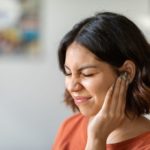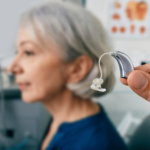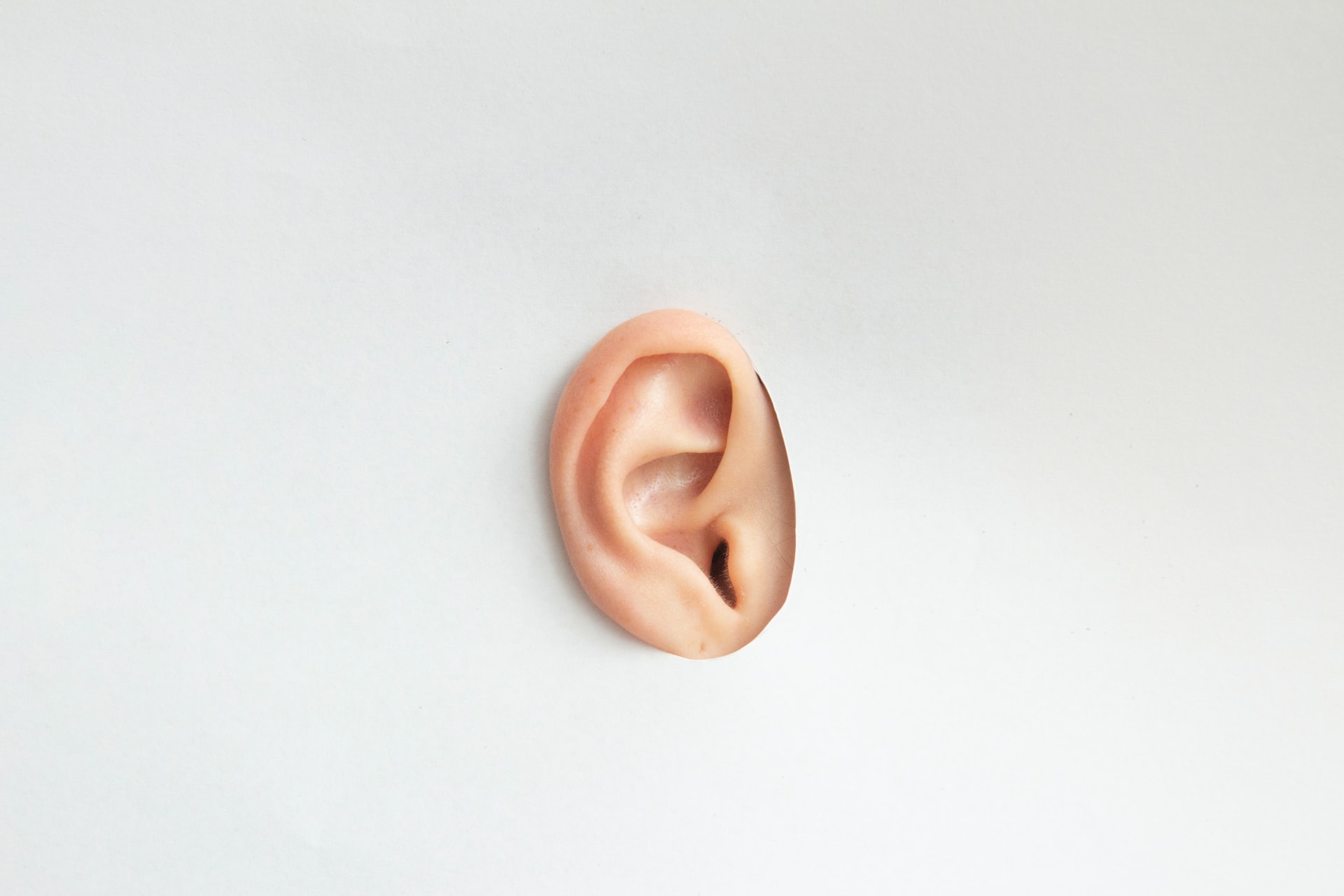Earwax is one of the most commonly misunderstood side-products of life, and many don’t realise both the benefits it provides you, and the problems it can cause if treated improperly. To remedy this, we are going to take a look at what earwax actually is, what it does, and how to properly remove it if and when it becomes a problem.
This blog is only intended to give you a general idea however, and might not fit everybody’s symptoms. If you feel like you have an unnecessary build up of wax that is affecting your hearing then it is important to contact a specialist right away! They will be able to properly diagnose you, and if needed remove the problem there and then.
So what is earwax?
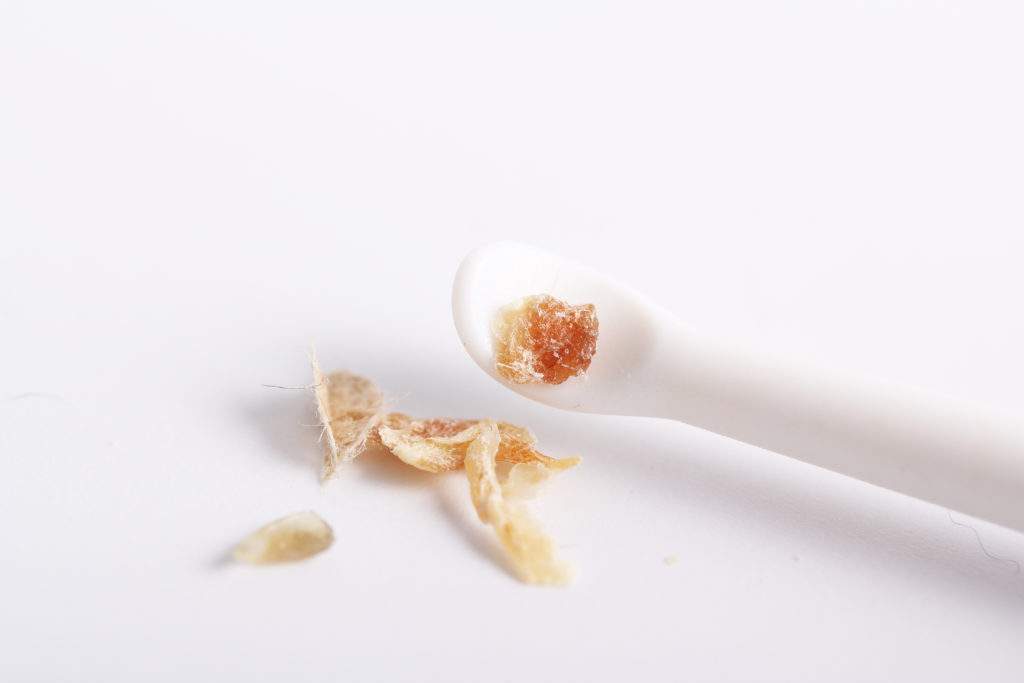
Officially called cerumen, earwax is actually one of the key protective substances produced by your body. Its primary purpose is to protect your eardrums, and the delicate lining of the ear canal. Created by glands inside the ear canal, earwax is not always something you should remove, and it’s important to understand why that is.
The purpose of earwax isn’t solely to block your ears and dirty your headphones. The sticky, oily substance actually exists to trap any dust, dirt and debris that enters the ears, and keep them safely away from the delicate ear drum. This protection even extends in some cases to small foreign objects, and even in some nightmarish situations, creepy crawlies.
And are there different types of earwax? Yes! As it turns out, where you and your ancestors come from has a large part to play in what kind of earwax you produce. There are essentially two kinds: wet and dry. Wet earwax is attributed to a dominant gene, whereas dry is a recessive gene. What this means is that in an area where everyone has dry earwax like East Asia, then the people that live there will continue to have dry earwax, but if these same people moved around the world, the gene is diluted and eventually eradicated in future generations by the dominant, wet earwax gene.
Why does earwax build up?
Most of the time earwax doesn’t cause us any problems, as it naturally makes its way towards the outer ear and falls out on its own, but some people’s ears produce too much wax, which we call excessive earwax. While it is an essential substance to have in the body, having too much can be embarrassing and inconvenient for those who suffer it.
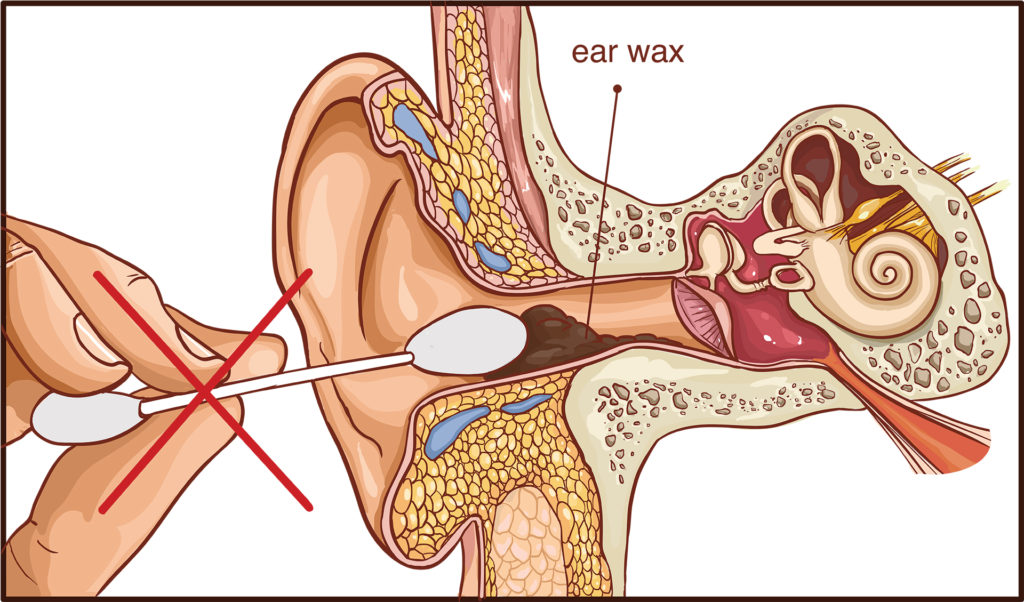
Ironically, the biggest cause of excessive earwax buildup is people using home-treatments to try and remove it! We’re all familiar with the warning not to put cotton buds down the ear canal, but for many it is a trap they still manage to fall into meaning earwax is simply forced deeper into the ear canal causing a blockage, and needed professional help to be removed.
There are also unfortunately those who are destined to be annoyed by earwax buildup, as it sits within their genetic code to over-produce it. If this is you then rest assured that there is at least one silver lining: you are the least likely to have a spider crawl into your ear!
Can earwax cause pain?
In short; yes. An excessive buildup of earwax can absolutely cause you pain, but in most cases it is limited to only causing discomfort. In either case you should act quickly to have the blockage removed as it may lead to reduced or damaged hearing.
Excessive earwax buildup has several symptoms which include:
- Sudden or temporary hearing loss
- Tinnitus (a ringing sound in the ear)
- Earache
If you are experiencing any of these symptoms then it is important that you see a specialist as soon as possible, as leaving them untreated can lead to much more serious outcomes. An unchecked buildup of earwax can lead to further, sharp and severe pain in the ear and even symptoms of illnesses like coughing and dizziness.
To mitigate any chances of this, make sure that you get your ears seen by a professional. You only have your hearing once, don’t gamble on it “sorting itself out”.
My earwax is a funny colour, is that a problem?
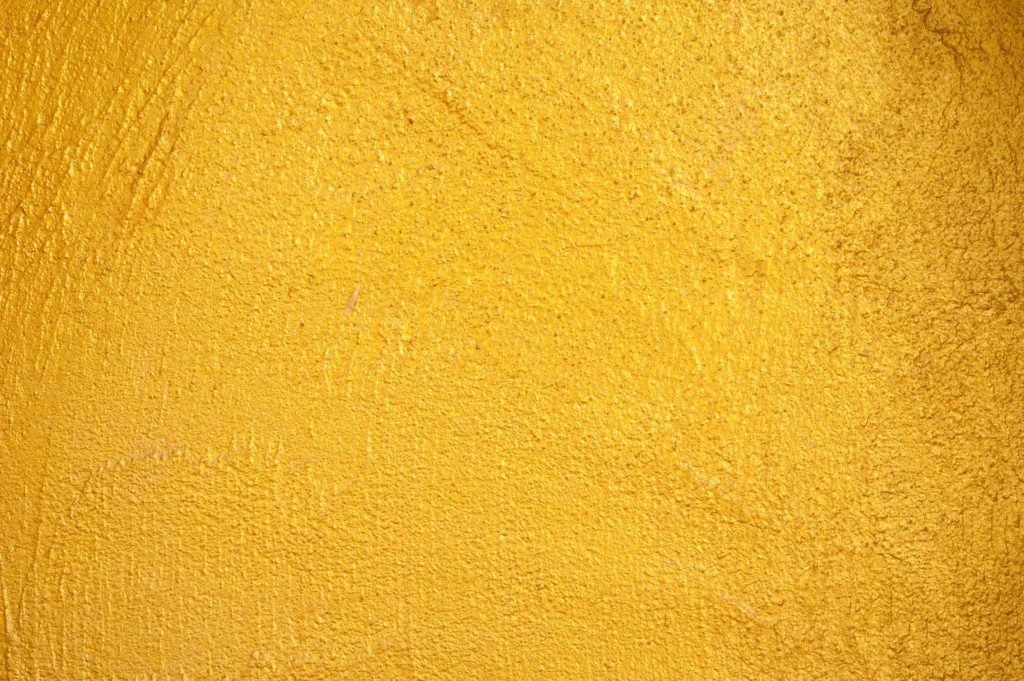
Earwax normally comes in two forms, a yellow-brown and usually wet type, and a white-grey and dry type. These two are both completely normal, and only differ because of the dominant and recessive genes we discussed earlier.
There are times where your wax may appear to slightly be different though. While for the majority of cases this isn’t serious, it could be a warning for something more dire down the line. To make it easier for you to identify what each colour and consistency combination might mean, let’s take a look at each one:
| Soft and yellowish New or fresh earwax | Firm and dark Usually a sign of older dried earwax. Consult a specialist | Pale and crumbly Older earwax that has dried and moved out of the ear |
| Blood tinged Signs of damage in the ear canal. Consult a specialist | Runny Often a symptom of ear infections. Consult a specialist | Black Evidence of a blockage or object stuck within the ear canal. Consult a specialist |
What if my earwax smells?
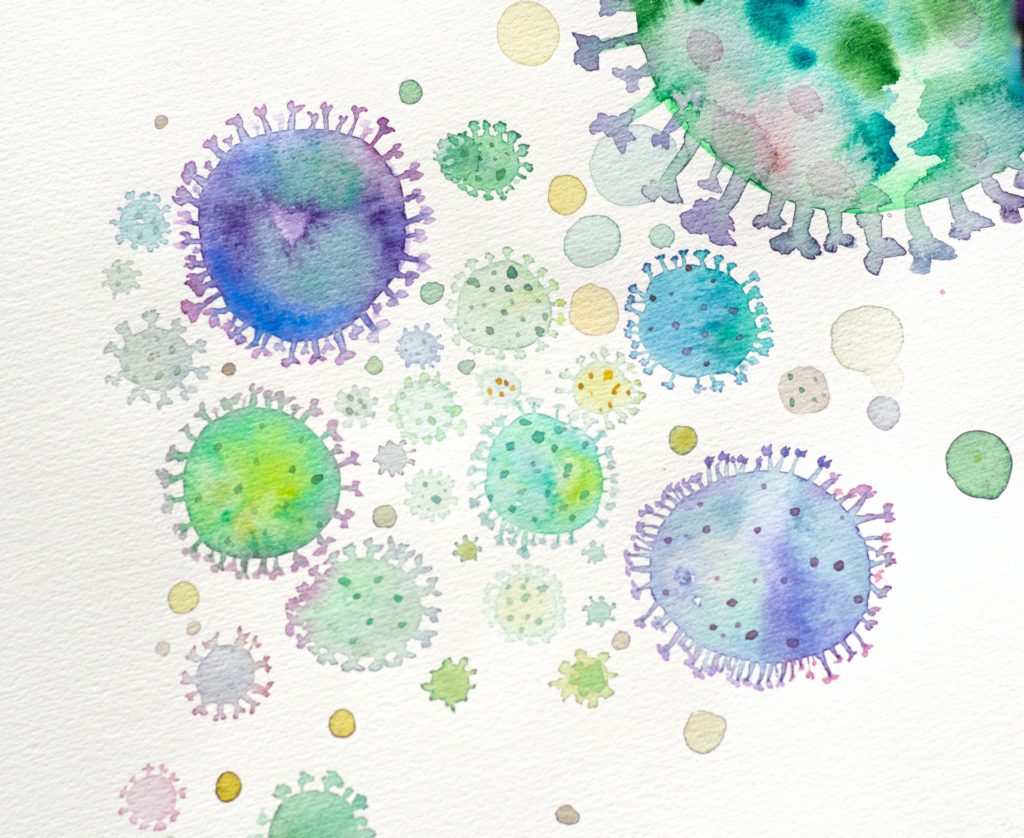
Earwax shouldn’t smell. Not noticeably at least.
Our bodies have evolved to use foul smells as a warning of poisonous or rotten substances, and with earwax this is no different. Pungent earwax is usually a symptom of an anaerobic bacterial infection, often accompanied by having runny earwax or a liquid discharge from the ear.
If you notice that your earwax matches this description then make sure to see an audiologist immediately, as this could be the precursor to hearing damage and loss.
How should earwax be removed?
Suffering from a buildup of earwax can be both uncomfortable and even embarrassing, and this leads many people to take action into their own hands by using a cotton bud to try and remove it.
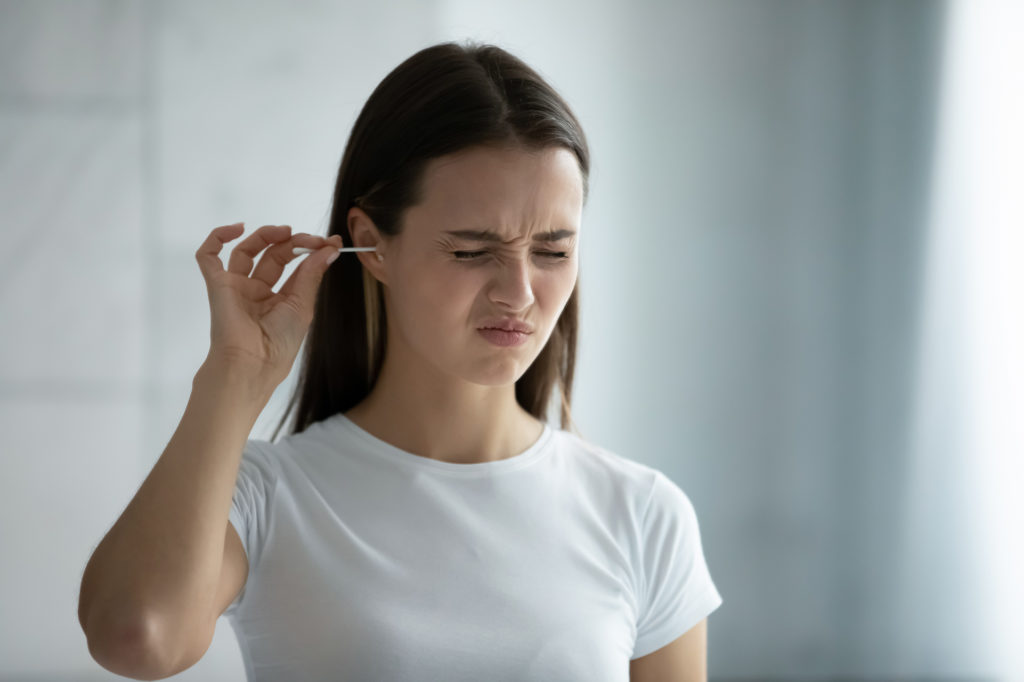
This is potentially one of the worst things you can do. We have all seen, read and ignored the warning not to put cotton buds inside the ear canal, but it is absolutely there for a reason.
While cotton buds are the ideal tool for cleaning the outside of your ear (i.e the fleshy bit on the side of your head), they should not make their way inside. This is because for every bit of earwax that is removed on the bud, a similar amount could be pushed further into the ear canal, leading to large firm blockages.
Should you need a solution right away, applying olive oil based eardrops to your inner ear will begin to soften and break down the earwax. Over around 2 weeks you will find that your ears clear themselves of earwax, often when lying down. To get the best results, be sure to use a spray bottle to insert the drops, as this will spread the solution deep and evenly into the ear canal.
This is only a temporary solution however and if you feel that you have developed a blockage in your ears, then be hasty in booking an appointment with a specialist who will be able to remove it for you and often on the same day.
So what is earwax microsuction?
Microsuction is the modern answer to an excessive buildup of earwax. Clean, simple and safe it is the method that is revolutionising the way audiologists are dealing with the common problem of buildups.
How does microsuction work?
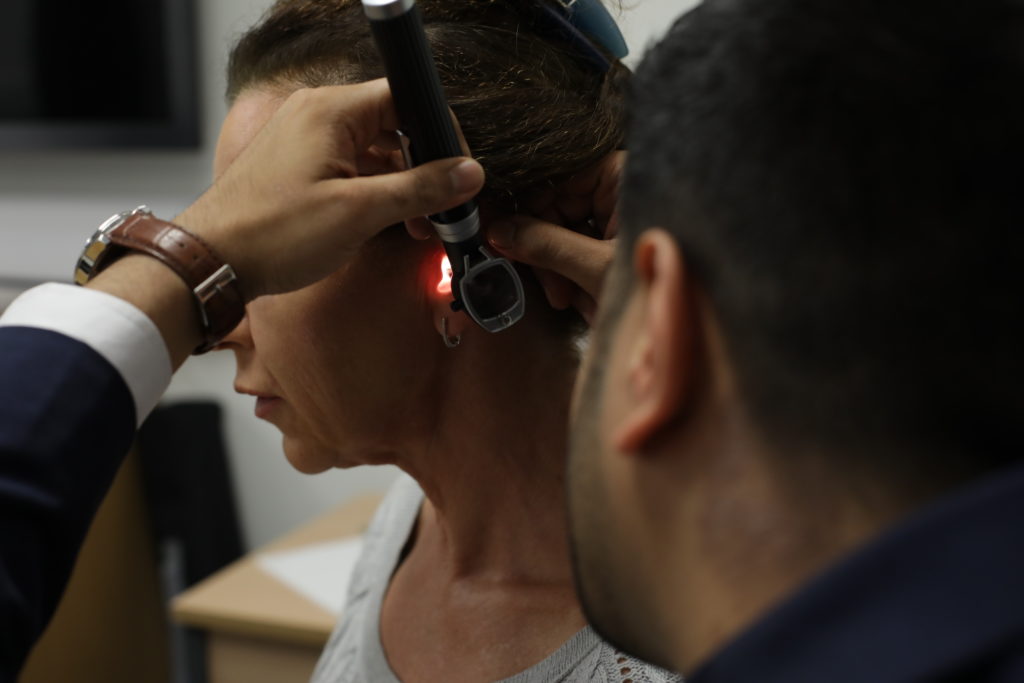
Before starting the procedure, the audiologist will first assess the severity of the blockage within your ear. This is done by using an otoscope which is inserted into the ear canal. This may sound daunting, but rest assured the procedure is painless and perfectly comfortable, if a little strange at first.
With the extent of the blockage ascertained, the microsuction will begin using a tool that is best described as a micro sucker! Using the same principles as a very gentle vacuum cleaner a pipe is inserted into the ear with a small amount of suction being applied to the blockage, and then used to gently remove the offending earwax.
Microsuction is nothing to be scared of. The procedure while a little strange is usually pain-free, and should a particularly well-stuck blockage need some extra help being removed then the audiologist will soften the earwax first, instead of simply applying more suction. This process means that the risk to the patient is negligible in even the most extreme of cases.
Is earwax microsuction safe?
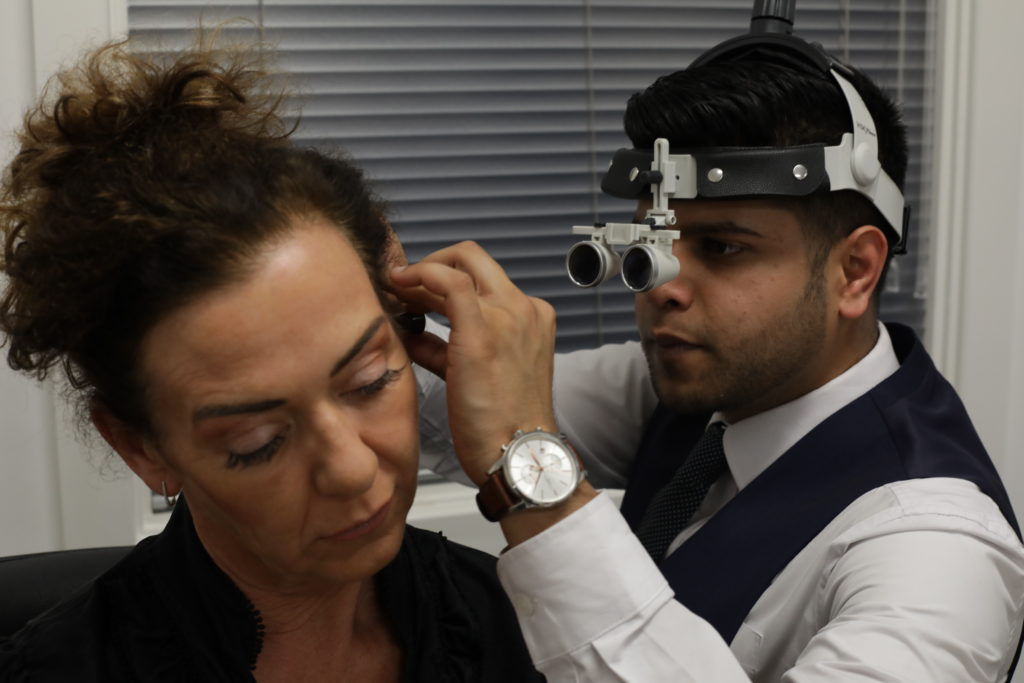
The National Institute for Health and Care Excellence has deemed older methods like syringing to be a little outdated, naming microsuction as their preferred method of earwax removal. Microsuction leaves no traces, requires little preparation and doesn’t introduce any strain to the ear canal, making it the one of the safest ways of removing excessive earwax to date.
Is earwax microsuction expensive?
The cost of earwax microsuction can only be compared to the value you place on your hearing. While cheaper methods are available, they almost always carry exponentially higher risks.
Microsuction normally costs somewhere in the region of £60-£80, for one ear or for both. In return for a substantial improvement in your hearing most people agree that this is a more than reasonable price to pay, especially considering the efficiency and safety that it brings you.
To maximise the value of earwax removal, it’s important that you take good care of your ears after the procedure. This is as simple as making sure that the outside of your ears are kept clean using a damp cloth, and the opening to the ear canal can be wiped out with a cotton bud, just be extra careful not to insert the bud down into the ear canal itself.
The rest of your ear will clean itself automatically, with the chewing motion of your jaw acting to force the old earwax out of the inner ear and allowing it to fall out by itself. Should it need some assistance, you can use very small drops of olive oil inside the ear canal, to help soften any firm wax that forms.
Where should I get Earwax Microsuction?
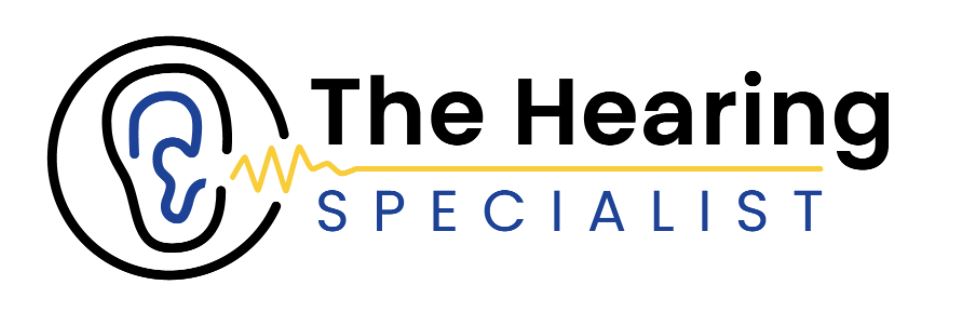
Earwax microsuction is a medical procedure, and as such should be carried out by a professional. The Hearing Specialist is a London based audiologist who specialises in all areas of hearing health and care, including earwax microsuction.
Practicing in Croydon, Wimbledon, Banstead and Sutton we make keeping your hearing in top condition as simple as possible.
Book your earwax microsuction appointment with us today, and return your hearing to where it should be with ease!


